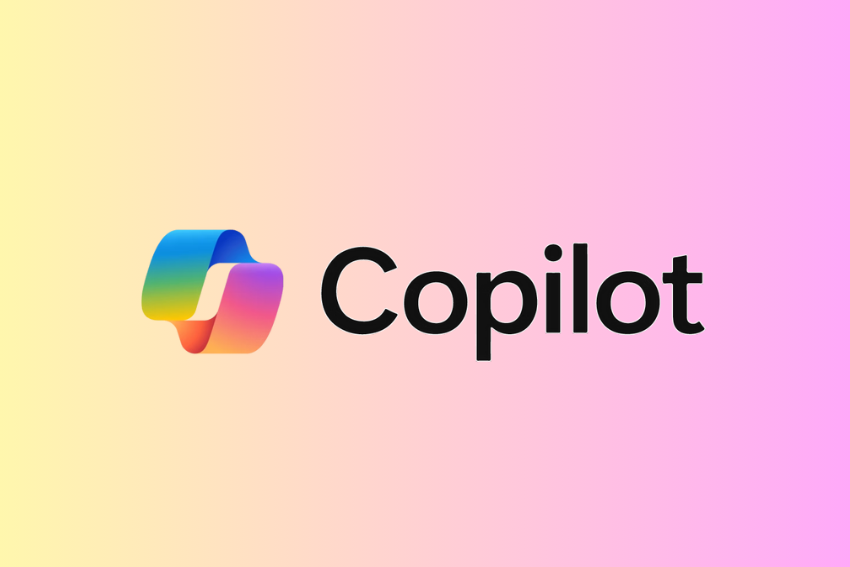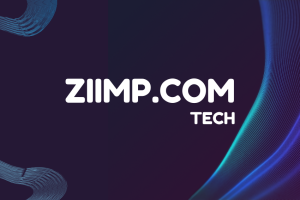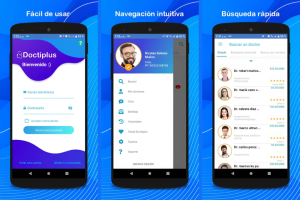Thanks to Microsoft Copilot, professionals can now use AI assistance whenever they use Microsoft 365 or Dynamics 365. However, future updates of Copilot will focus on helping users do more than just finish tasks. By improving intelligence, autonomy and customization, Microsoft is preparing AI for even greater and flexible use.

In this article, we discuss the future of Microsoft Copilot, covering major areas like deep reasoning agents, multimodal AI and personalization. They are not limited to improvements—they also track the latest AI trends and new abilities that will change the way businesses work.
Deep Reasoning Agents: Smarter Analysis and Expert Insights
An important advance in how Copilot developed is the addition of deep reasoning agents. They go much deeper than simple automated routines and can be called Researcher, Analyst and more.
They manage to complete several thoughts in succession, locate necessary data in their systems and on the web and give answers as if they are from human experts.
For instance, a deep reasoning agent can:
- Review company performance data.
- Cross-reference it with external market trends.
- Suggest actionable strategies to improve results.
With these developments, business systems are moving into a new phase where they don’t just assist but also provide advice.
Businesses thinking of using these capabilities should work with Microsoft copilot consulting services so they can create examples that meet their business objectives and data setup.
Autonomous Agents: AI That Acts on Its Own
Yet another important change is brought by autonomous agents which can function alone without regular user instructions. They are built to monitor info, launch actions and react to adjustments as they occur.
Examples of autonomous Copilot applications include:
- Automatically flagging and escalating service issues based on customer sentiment.
- Initiating restock orders when inventory levels drop below a set threshold.
- Kicking off a lead follow-up process based on activity tracked in CRM.
Because of these features, Copilot is now proactive, allowing businesses to work faster and complete tasks manually less often.
When businesses use Microsoft Dynamics, a Dynamics 365 consultant supports the secure and proper integration of autonomous agents into sales, finance or service processes.
Personalization and Custom Agents
Copilot is also becoming more personal. New features are allowing users and businesses to shape how Copilot looks, behaves, and responds. This shift includes:
- Visual customization options.
- Behavior tuning based on user roles or team goals.
- “Memory” functionality that lets Copilot recall past interactions and user preferences.
A strong addition is that it is now possible to design agents from scratch. Businesses are able to set up their own Copilot systems, assigning them details, data access and form of responses.
In one company, the finance team uses Copilot for budgeting while the marketing team makes it work for looking at campaign information and suggesting strategies.
The new changes make sure Copilot adapts to each user’s specific needs, while making the tool less challenging to learn.
Model Context Protocol (MCP): Faster Integration and Scaling
Microsoft has included Model Context Protocol (MCP) in Copilot Studio to simplify and standardize the way AI is applied. With MCP, embedding apps, APIs and data sources in intelligent agents is now much easier.
With MCP, businesses can:
- Connect server-based actions directly into Copilot workflows.
- Reduce development time for custom agents.
- Scale intelligent automation faster across teams.
Instead of creating new code or connectors for every app, MCP brings a plug-and-play approach that helps companies move quickly—especially when working with multiple systems or third-party platforms.
Knowledge Connectors: Real-Time Integration Across Systems
Copilot is growing its capabilities by using additional real-time data. Because Salesforce, ServiceNow and Zendesk are now part of its knowledge base, Copilot can use critical applications directly.
What this means in practice:
- A customer support rep can access ticket history and resolution suggestions within Teams.
- A sales executive can retrieve opportunity data from Salesforce in real time.
- An IT lead can surface incident logs from ServiceNow during a strategy call.
With Copilot actively pulling insights from business systems, users can work faster and smarter—without toggling between platforms.
Computer Use: Desktop and Browser-Level Interaction
“Computer Use” is a new function being made available to Copilot that lets it launch desktop and web applications. With it, users can develop agents that may manage tasks and navigation for them.
Imagine Copilot:
- Filling out web forms.
- Launching desktop apps and automating entry tasks.
- Opening internal dashboards, running searches, and compiling data summaries.
This development positions Copilot as a true virtual assistant—one that can take over routine screen-based tasks, saving hours of manual work.
Multimodal AI: Smarter Interactions Beyond Text
Until now, most AI assistants have depended on text. Instead, Copilot is improving by being able to understand and work with text, images and structured data at the same time.
Examples of multimodal use cases:
- Upload a chart and ask Copilot to interpret key insights.
- Provide a screenshot and request help resolving an issue.
- Share a document with handwritten notes and get a typed summary.
Since AI is useable in multiple ways, it becomes more usable for teams that work with visual or non-text types of data.
Copilot Vision: Understanding Images Like a Human
With these new image features, Copilot can be used by simply uploading a picture instead of only text input. As a result, Copilot is capable of understanding, breaking down and reacting to visual information.
Possible applications include:
- Engineers uploading blueprints or diagrams for analysis.
- Sales teams snapping a photo of a whiteboard and getting a digital action plan.
- Field agents sharing product defect images for automated assessment.
Visual understanding means Copilot can be useful even in environments where traditional input methods aren’t practical—opening the door to broader adoption across industries.
Staying Competitive with Microsoft Copilot Consulting Services
As these advancements roll out, businesses will need clear strategies to adopt them responsibly and effectively. That’s where Microsoft copilot consulting services become essential.
Consultants can help with:
- Identifying the right use cases for autonomous and reasoning agents.
- Integrating MCP and knowledge connectors with legacy systems.
- Designing personalized Copilot agents based on team roles and workflows.
- Ensuring security, governance, and responsible use across departments.
- Training staff on how to use features like Computer Use and Copilot Vision.
The result: faster implementation, higher ROI, and a safer, smarter path to AI adoption.
Final Word
Microsoft Copilot is evolving from a helpful assistant into an intelligent business partner—capable of independent action, complex reasoning, and tailored user experiences.
From deep reasoning agents and autonomous automation to multimodal AI and Copilot Vision, these updates represent the next generation of enterprise AI.
By keeping up with these artificial intelligence trends and embracing emerging AI technologies thoughtfully, businesses can stay competitive and future-ready.
Strategic integration with the help of expert consultants ensures that Copilot doesn’t just work—it works for you.


